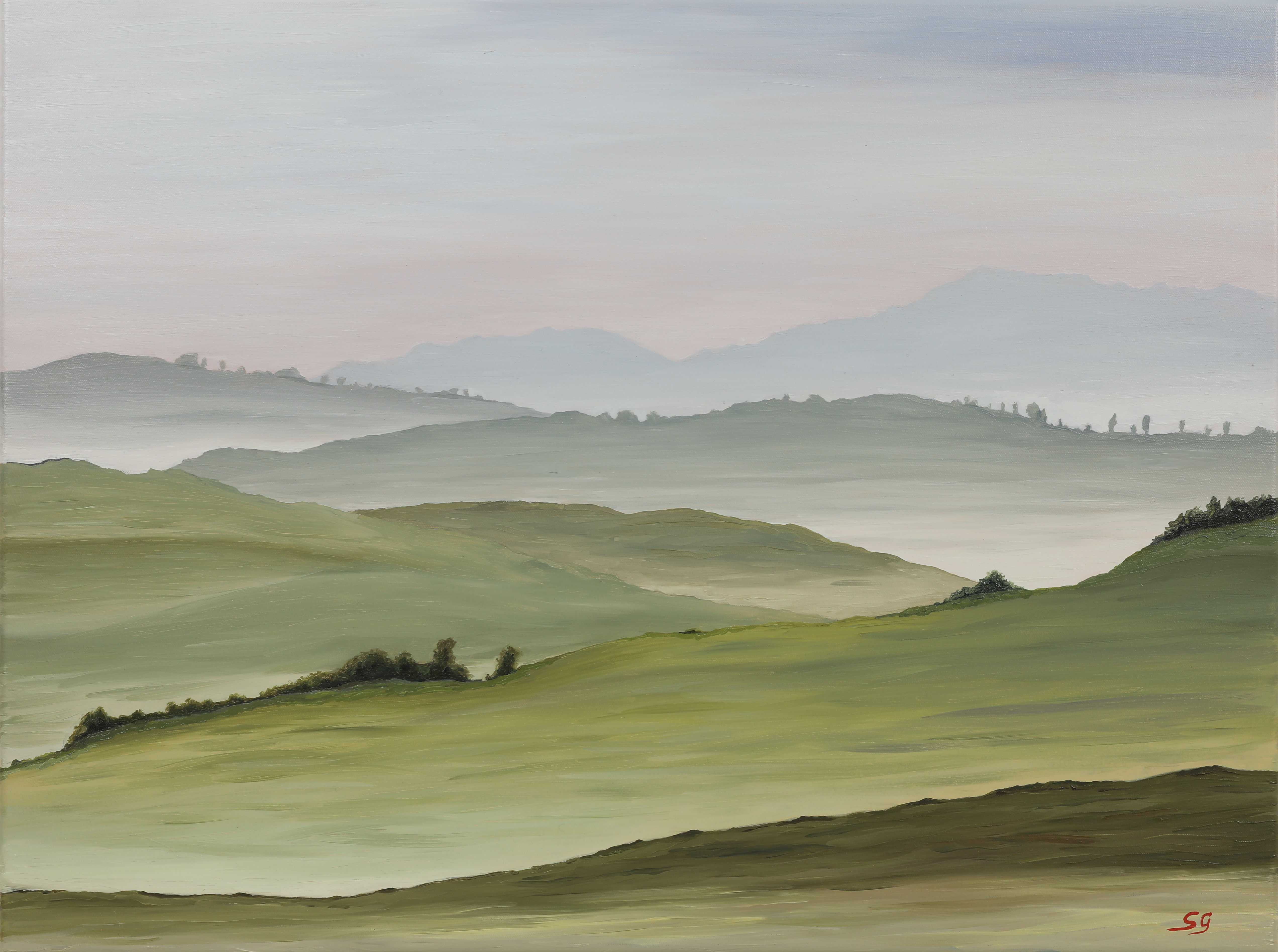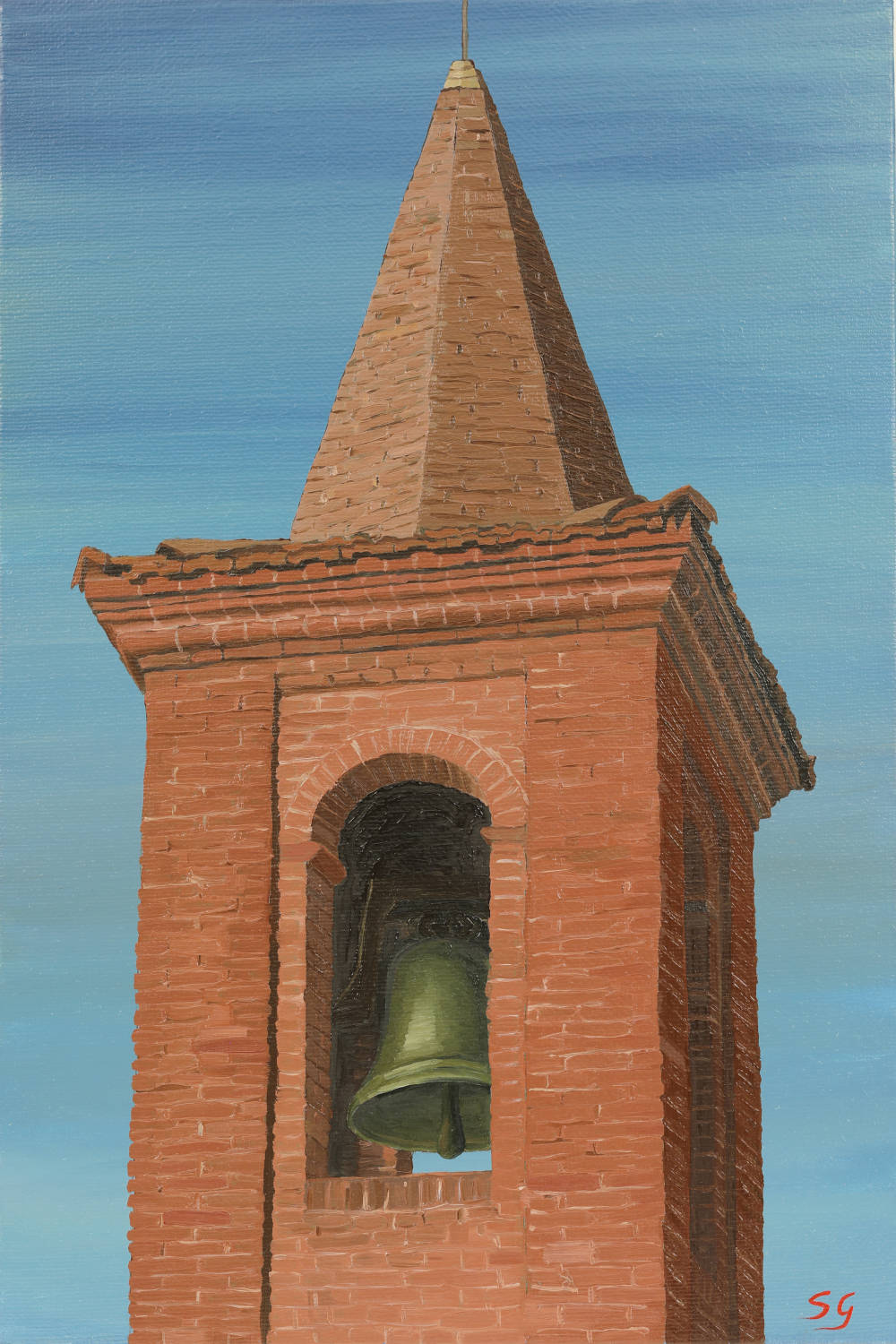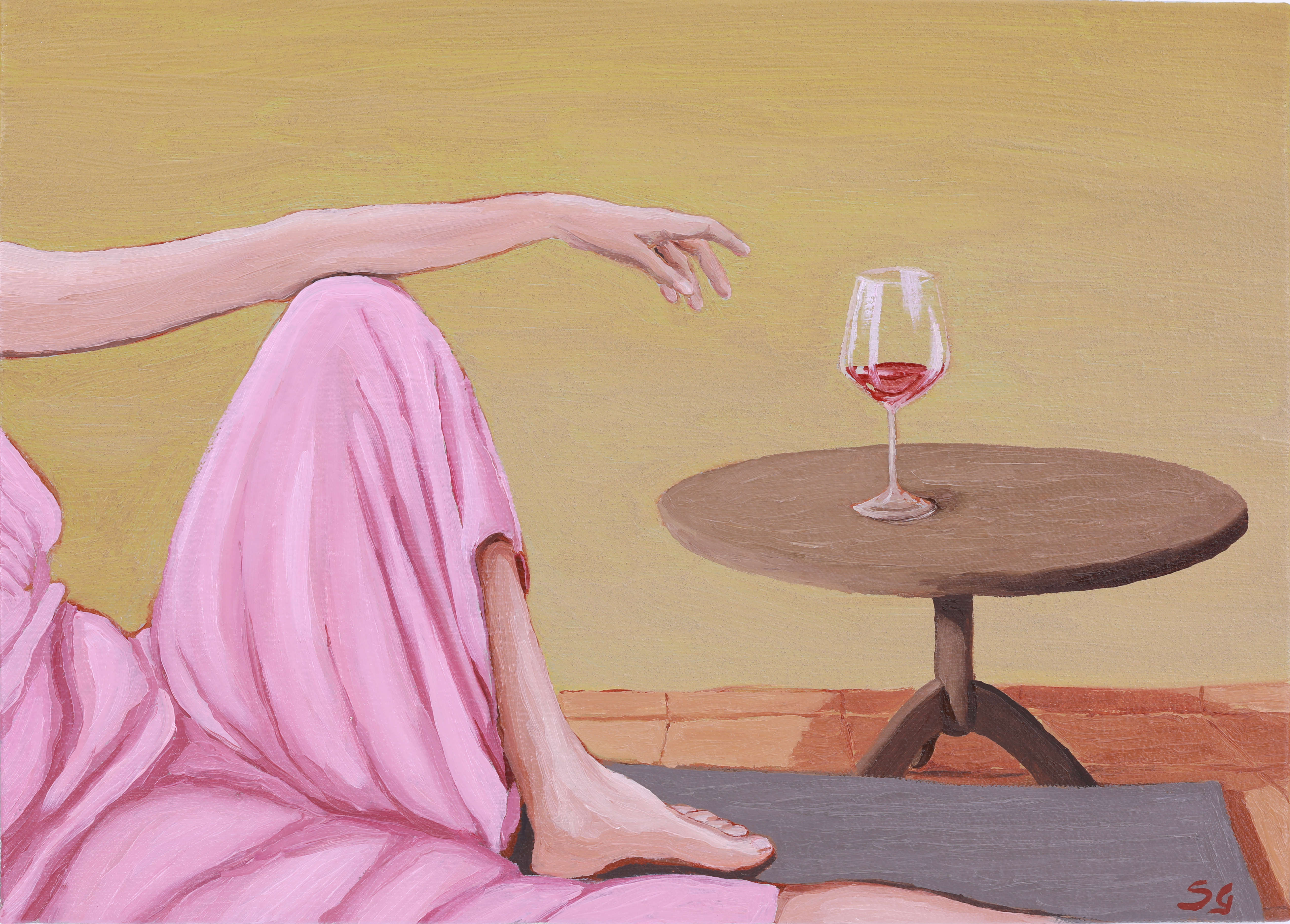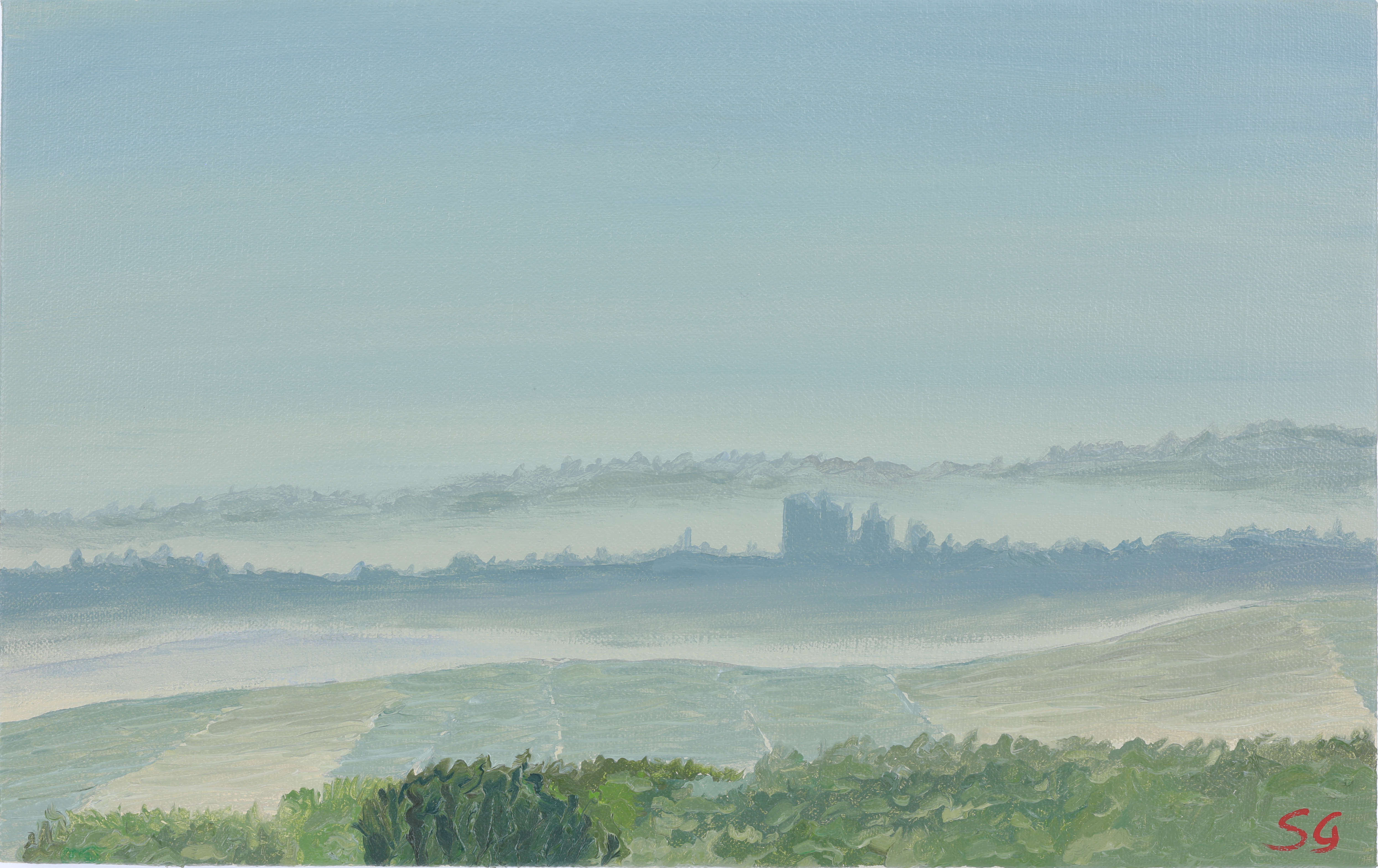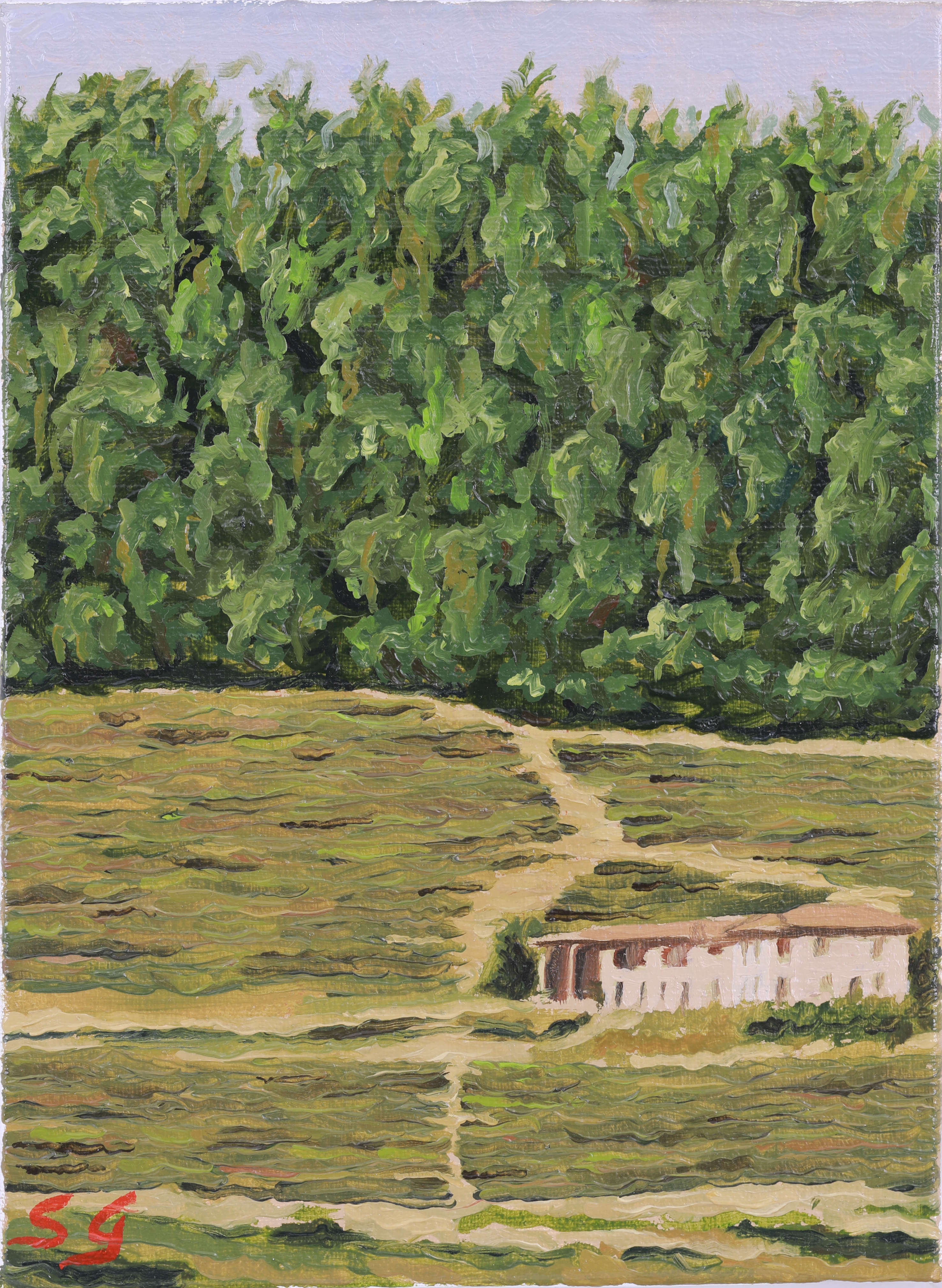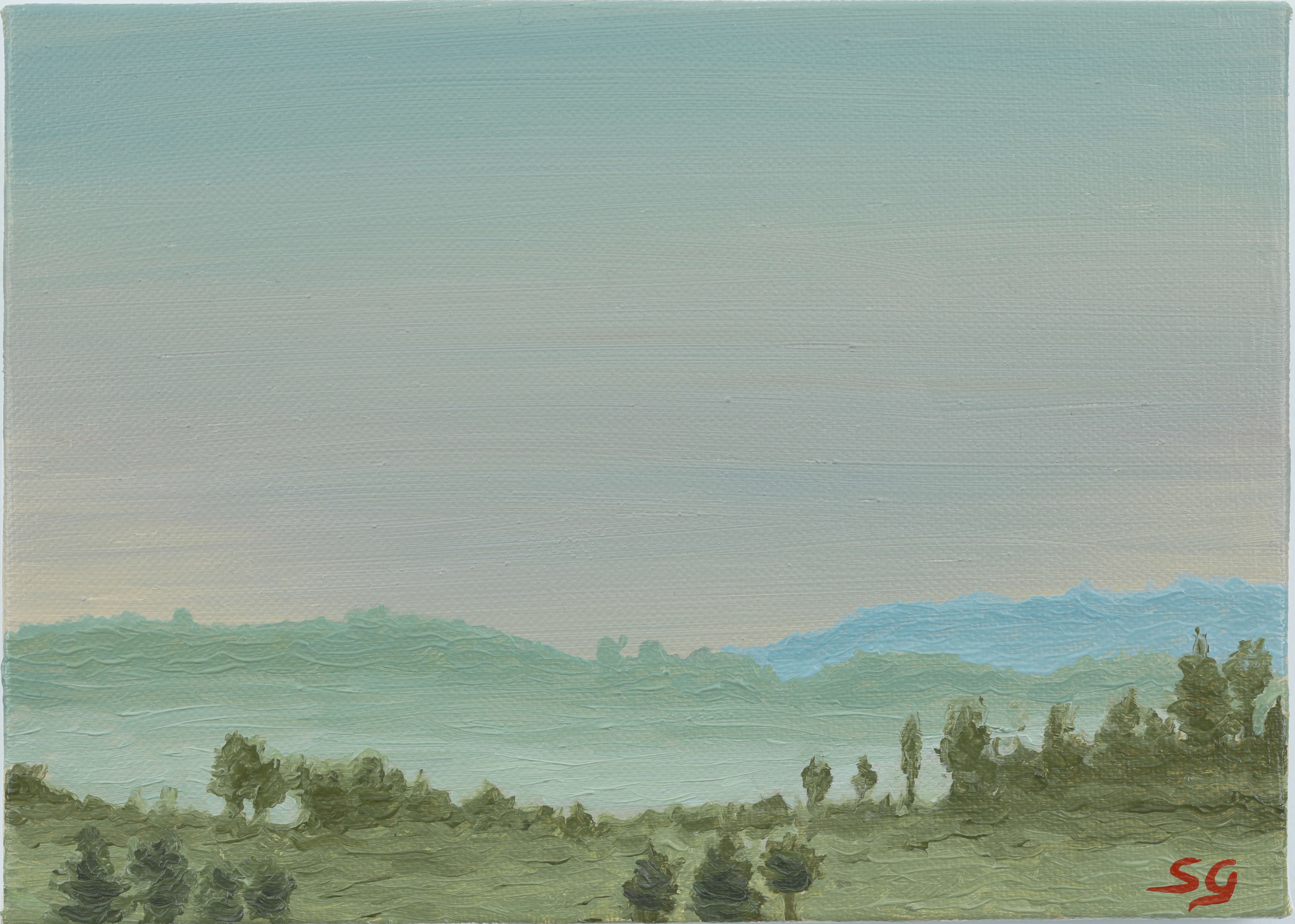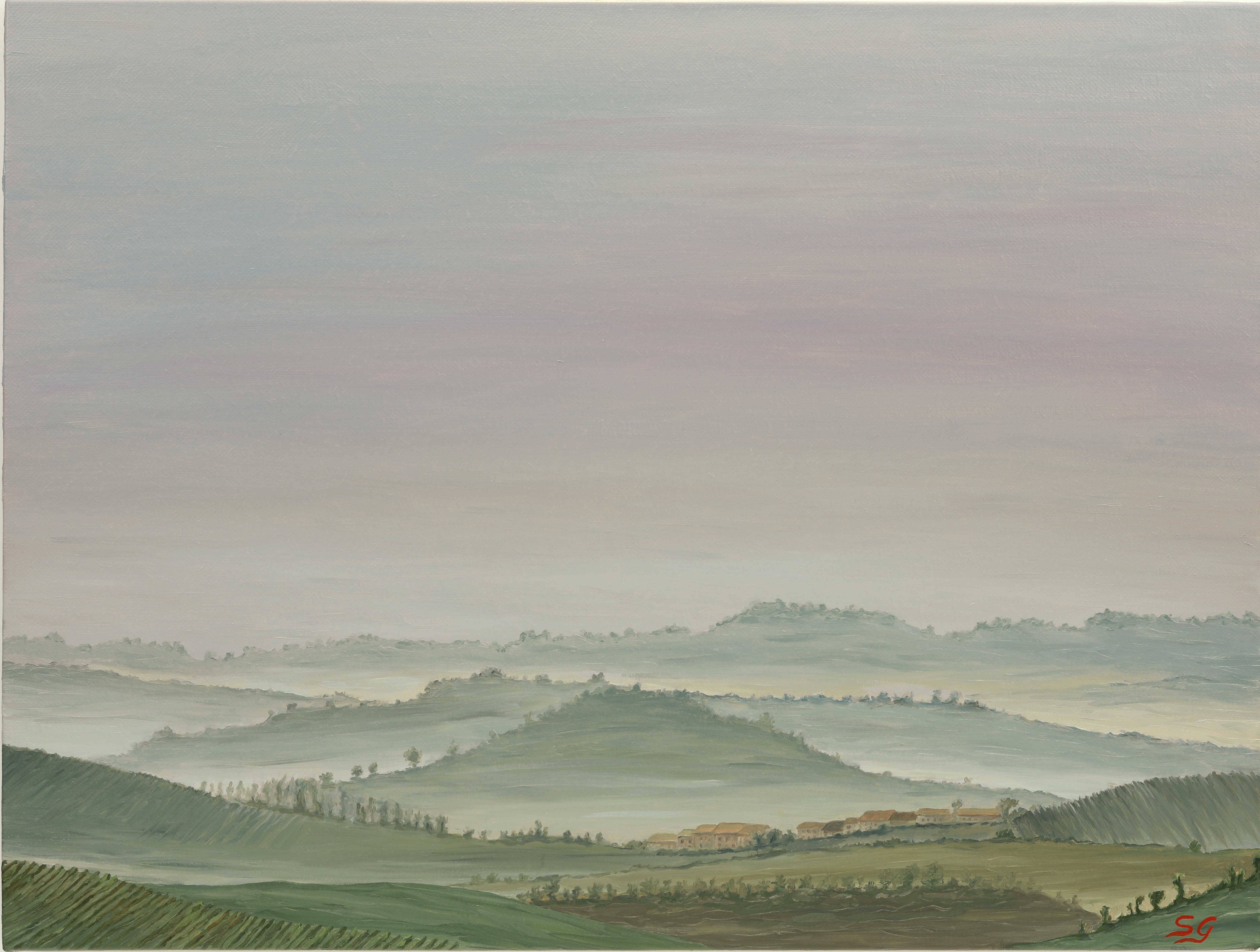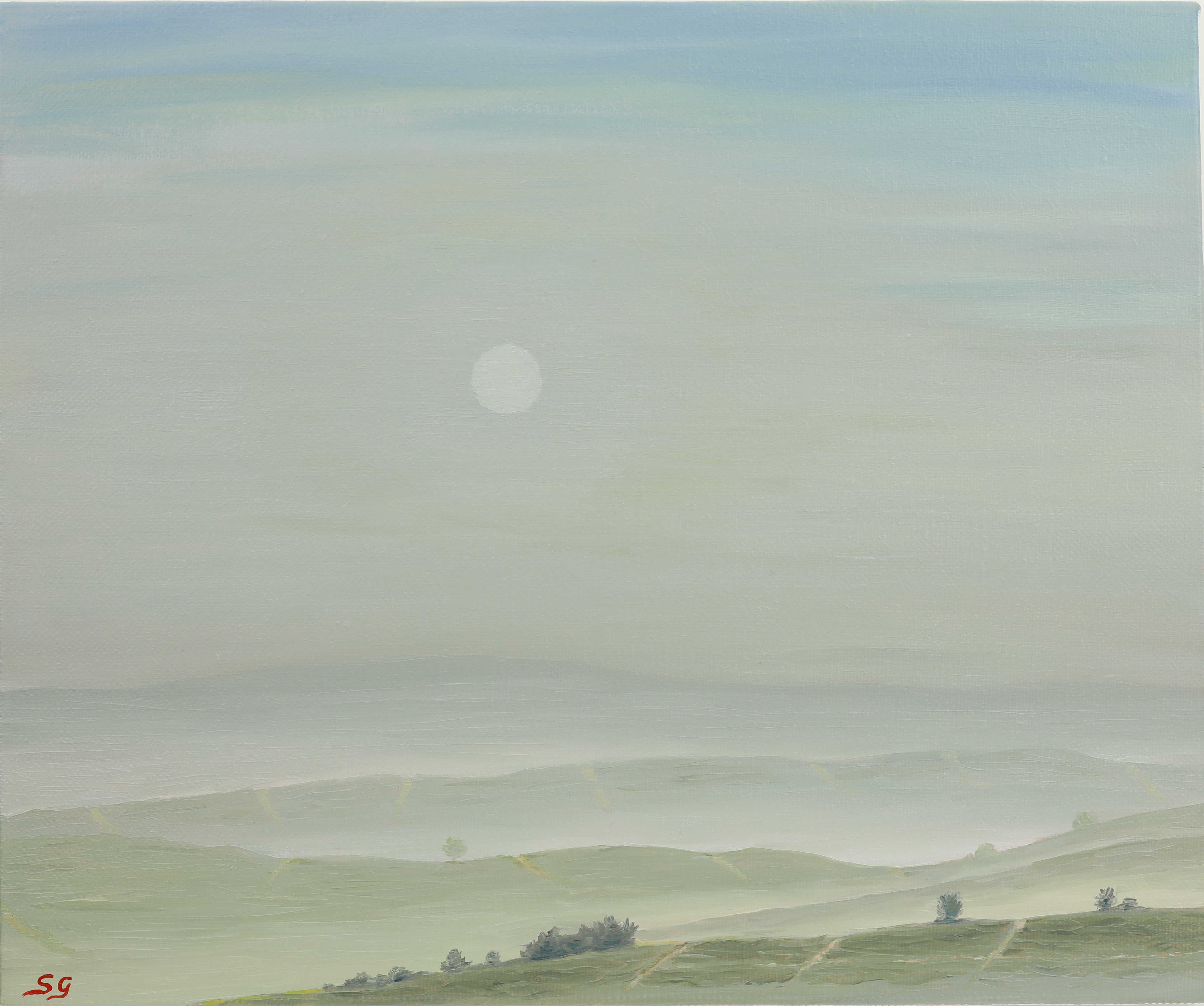«Mi piace cercare di semplificare la visione del mondo, vorrei essere diretto, forte, efficace. Nella pittura cerco di ridurre la narrazione ai minimi termini per dare spazio a poche forme capaci di trasmettere emozioni».
«Cerco di immergere i miei protagonisti in una visione senza tempo. Come se loro fossero padroni di un tempo dilatato e sospeso».
Tutti i dipinti · Tutti i dipinti · Tutti i dipinti · Tutti i dipinti · Tutti i dipinti ·
Tutti i dipinti · Tutti i dipinti · Tutti i dipinti · Tutti i dipinti · Tutti i dipinti ·
Tutti i dipinti · Tutti i dipinti · Tutti i dipinti · Tutti i dipinti · Tutti i dipinti ·
Mostre
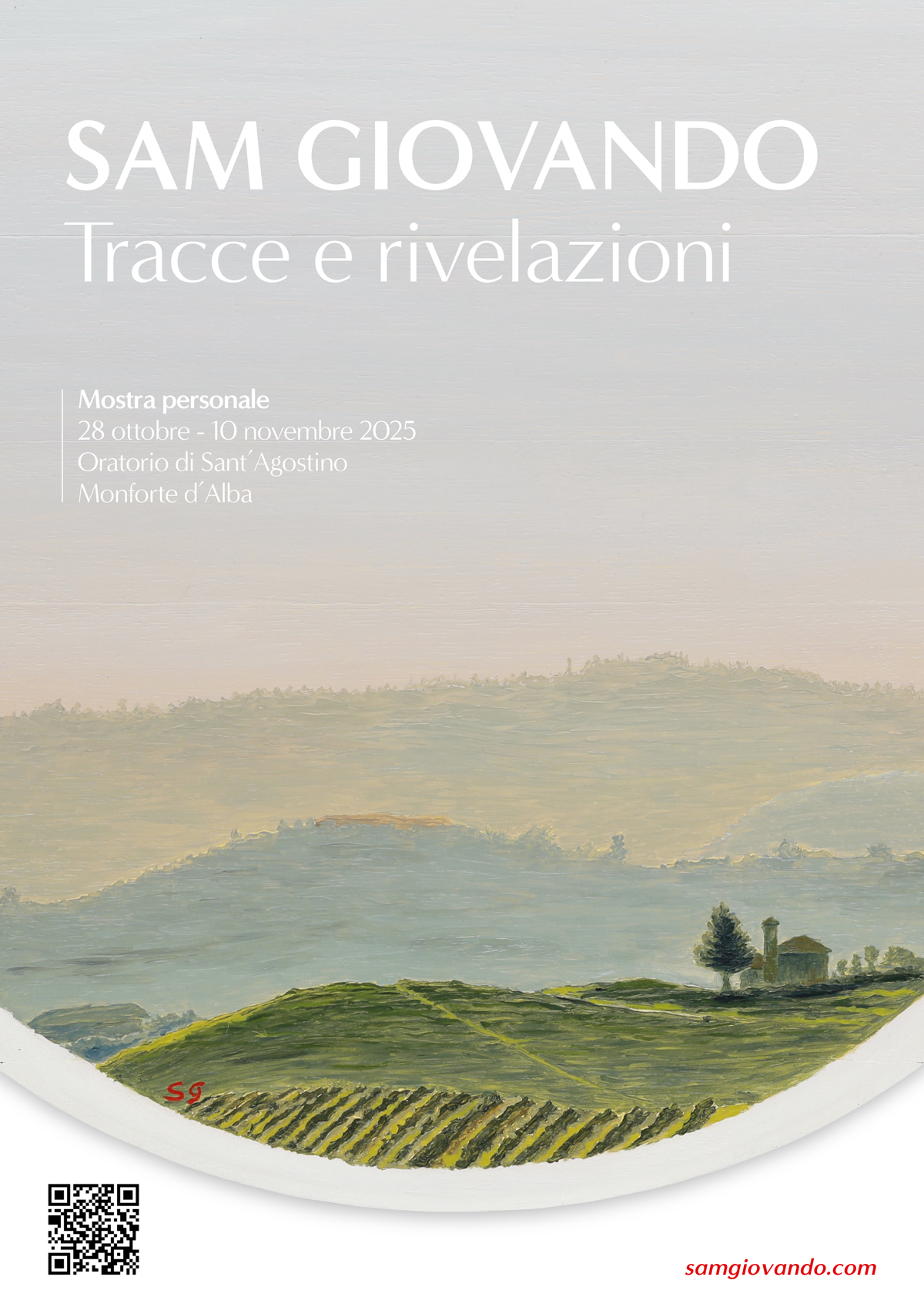
Tracce e rivelazioni
Monforte d'Alba, Oratorio di Sant'Agostino
28 ottobre 2025 - 10 novembre 2025
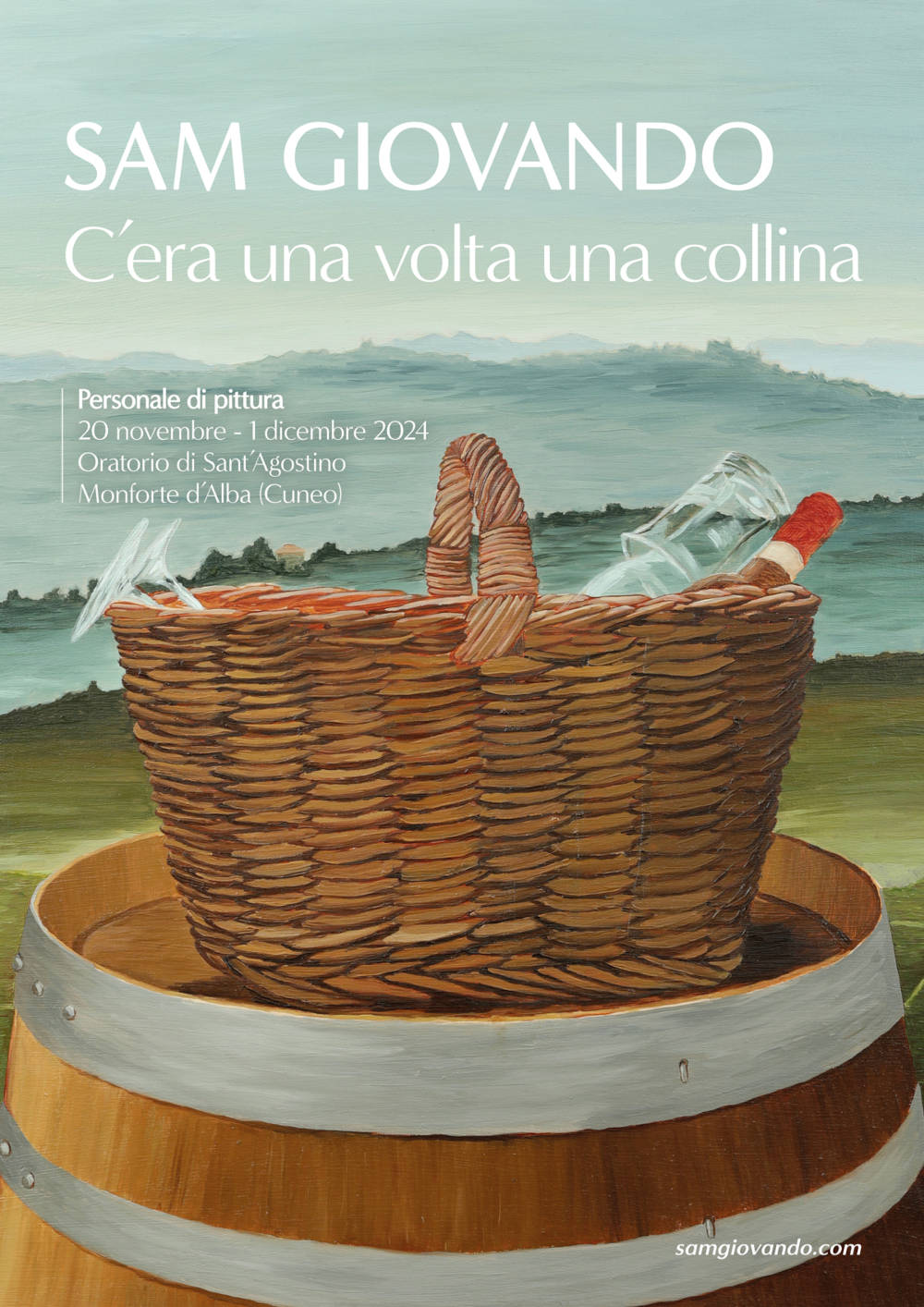
C'era una volta una collina
Oratorio di Sant'Agostino, Monforte d'Alba, Italy
20 novembre 2024 - 1 dicembre 2024
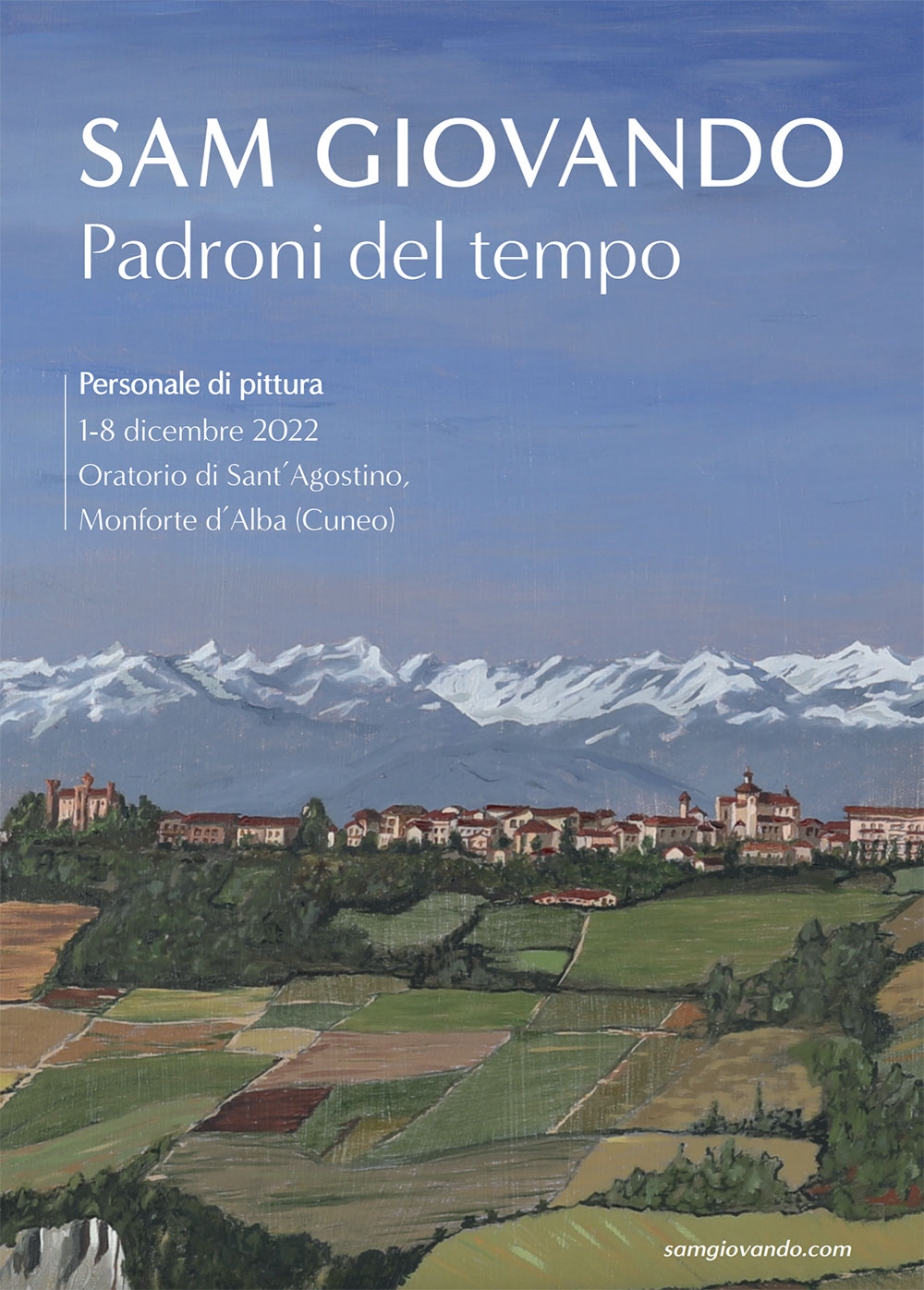
Padroni del tempo
Oratorio di Sant'Agostino, Monforte d'Alba, Italy
1-8 dicembre 2022
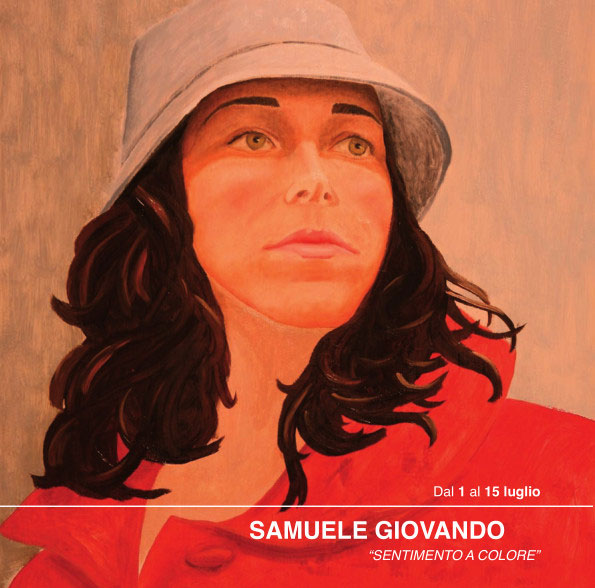
Sentimento a colore
RimArt Gallery, Alba, Italy
1-15 luglio 2009


